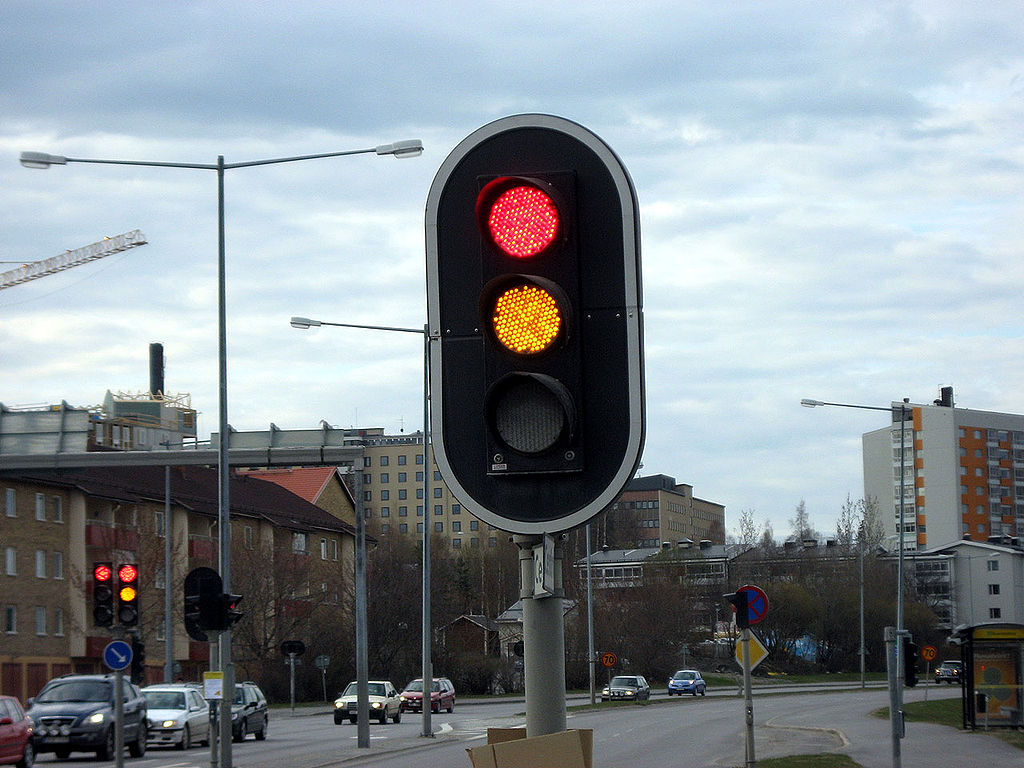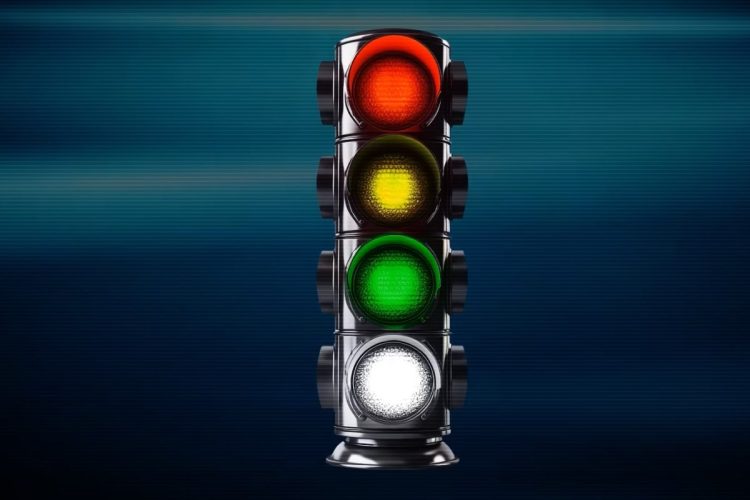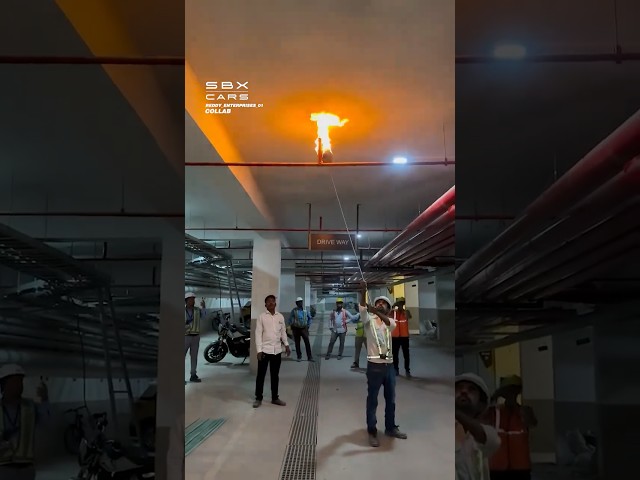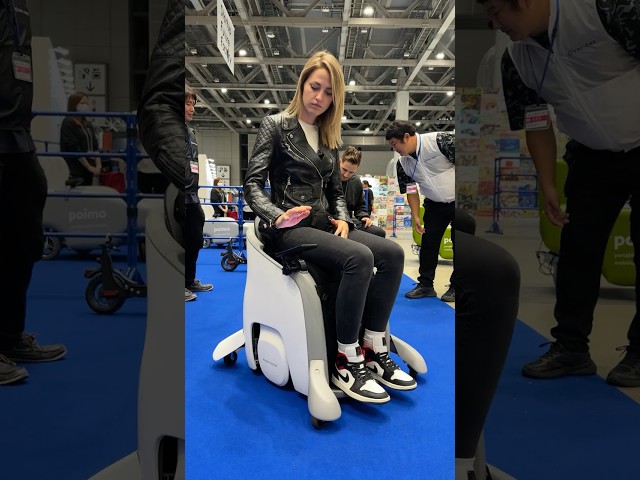Traffic lights revolution
Red to stop, green to move and yellow to prepare to stop (or hit the gas if you’re like some drivers), ie. you are getting ready to go. This has been the operational principle of traffic lights since the 1920s, solidified by an international agreement to prevent accidents and ensure universal understanding of signals across different regions.
Over the past century, technology has been constantly improving and electric lights have replaced the first traffic lights. Computers made it possible to connect more lights, and sensors made it possible to analyze traffic flow and adjust the timing for maximum flow.
Systems have been developed that control lights for entire cities, and digital models of traffic flow have been honed to perfection. The emergence of autonomous vehicles (AVs), however, has introduced a novel aspect. These vehicles not only possess autonomous movement capabilities but also have the capacity to communicate with each other and with a central traffic control system. This means that AVs become part of the traffic control system and can work together to significantly improve traffic flow. A team of researchers from the University of North Carolina proposed that once a critical number of AVs are on the roads, a fourth, white light could be added to traffic lights.
–> Traveling in New York is already costly, but it just got worse
Their computer model effectively increased traffic speed through intersections, yet there remained room for enhancement. Professor Ali Hajbabaie, a civil and environmental engineering expert at the University of North Carolina, explains, “Our earlier study proposed the addition of a ‘white phase’ signal, leveraging autonomous vehicles’ computational capabilities to streamline intersection traffic. However, we have yet to determine the implications of this concept for pedestrians.” As in the previous study, AVs act as leaders for human-directed vehicles in their lanes.
When enough AVs are present, the signal turns white, telling drivers to follow the AV or another car ahead. The more AV, the faster the flow. The difference this time is that pedestrians are now included in the model. It found that, even with pedestrian traffic, the overall flow was improved for both vehicles and pedestrians by more than 25 percent.
–> Must to watch: A City Full of Abandoned Cars (VIDEO)

Of course, there is still a long way to go before such a system becomes practical. Apart from placing enough AV on the road, there is also the problem of placing enough four-light signals.
Despite this, human drivers must trust the white signal, and adjustments to other signals are necessary to ensure their relevance to pedestrians, such as incorporating flashing green lights or clearer indicators. Hajbabaie stated, “We’re in the process of establishing a tangible testing environment to explore this idea in real-world conditions, moving beyond mere computer simulations.”









